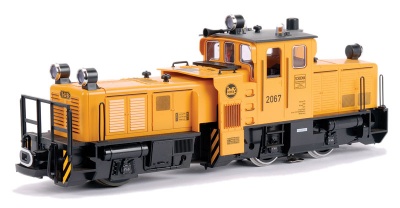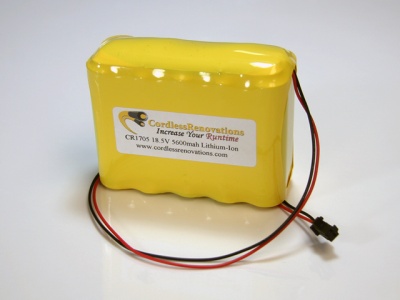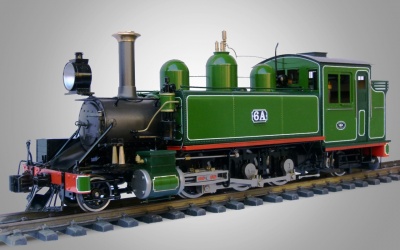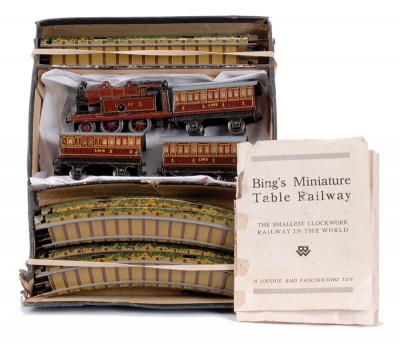Electric and Live Steam Power
How to Run Your Railroad
The three common ways of powering a garden railway are electric track power, electric battery power, and live steam power.
TRACK POWER
Low-voltage track-powered electric trains were for many years the standard for indoor layouts. Track-power will allow you to run your train for days, weeks, or months, often with little maintenance beyond cleaing the track and lubricating the moving parts. For this reason, track power is often the best choice for use in commercial installations, such as at stores, parks, and museums, where keeping trains on the road for long periods of time is a high priority.
However, track power has its limitations. First, brass or stainless steel tracks can be expensive. Second, in order for the track to conduct electrical power to the locomotive engine, the contacts must be good -- which means that the track must be clear of all dirt, debris, and oxidation. This is relatively easy to accomplish indoors, but out in the garden, where mother nature showers the layout with leaves, bird droppings, grit, and mud splashes, cleaning the track can be a major chore before operations can begin for the day.
Good track-cleaning tools, including abrasive pad pole cleaners and special track-cleaning cars with abrasive pads, are essential.
Cleaning cars came in many styles. The one shown here is a cleaning locomotive. It has two motors; the drive motor propels the locomotive along the track, and the cleaning motor rotates a pair of cleaning wheels in the opposite direction of travel. Directional lanterns and flashing warning lights are added to give this functional piece of equipment the authentic look of modern track maintenance equipment. There are also cleaning cars which are not powered, but are pulled behind a locomotive. Generally heavy in weight, they have a fabric-type abrasive pad fixed in place underneath, and as they are conveyed around the tracks, they quietly polish and shine the metal to provide good electrical contact.
BATTERY POWER
Many people prefer to run their electric trains with rechargeable Lithium-Ion batteries. This does away with the need to keep the track clean. It also means that club members can bring their locomotives to other club members' layouts, for instance at our monthly open house events, and run their trains on a new layout.
The biggest drawback to battery power is that the batteries don't last all day and even though they are rechargeablem their life as rechargeables is not infinite. However, if you run trains only some of the time, have a complex layout with long runs of track that are a chore to clean, and you just want to run trains for periods of a few hours at a time, then battery power may be your best choice.
LIVE STEAM POWER
Live steam locomotives often run on butane gas or a butane/propane mix. They generate steam, just like a real vintage steam locomotive, and the steam is used to power the engine that propels the train forward.
It takes a lot of technical know-how and a significant investment to run live steam, but the rewards are great for thoe who prize accuracy in their layouts and who like to tinker with engines.
CLOCKWORK POWER
Spring-wound, wind-up, or clockwork trains are virtually never found on garden railways, although clockwork power was once a vital part of the world of railroad modelling. Clockwork trains are much-loved examples of old-time ingenuity and craftsmanship in the hobby; their heyday was back in the early 20th century era of O-scale metal tab-in-slot tin-lithographed trains, many of which were made in Germany and exported around the world. We cannot run O-scale equipment on our G-scale tracks, but clockwork power is available to anyone who understands its mechanics, so theoretically, a garden railroader with some experience in engineering could install clockwork mechanisms in modern G-scale locomotives and have a go at it for the sake of historical nostalgia. Maybe someone will do it!



